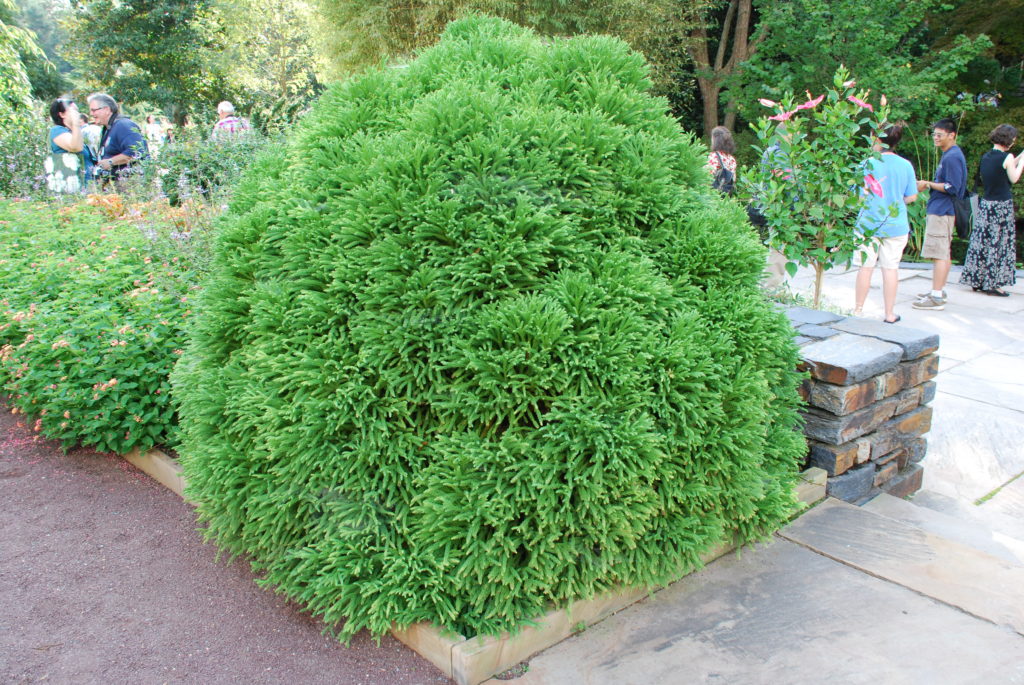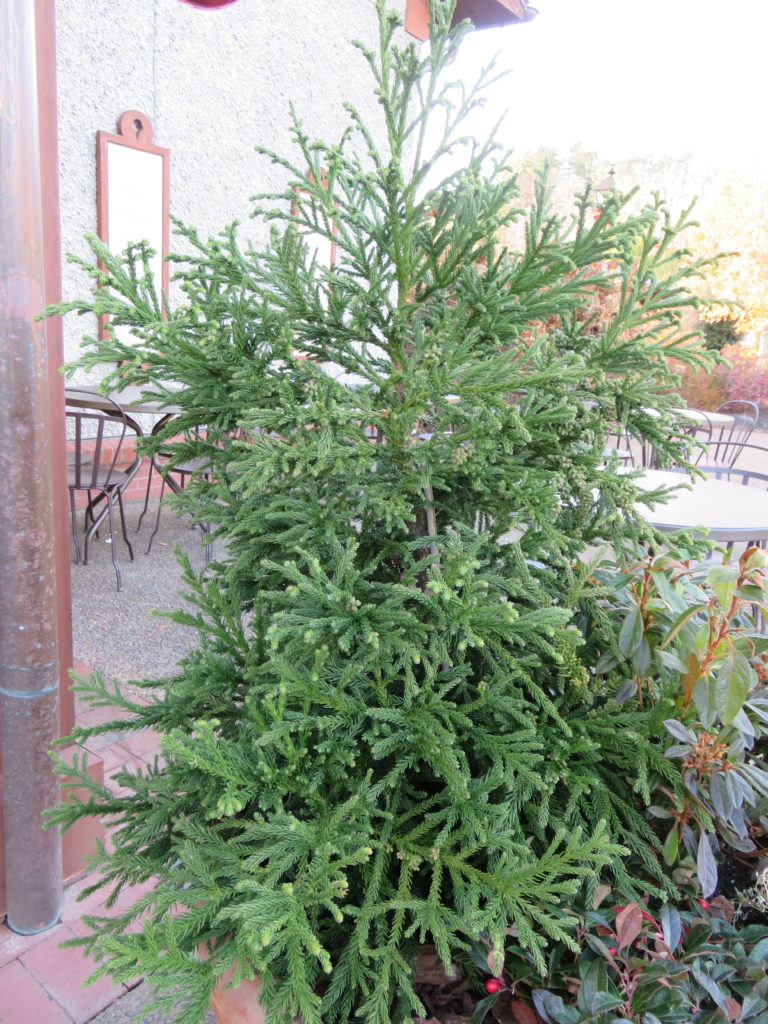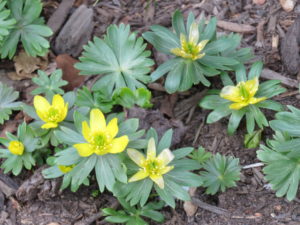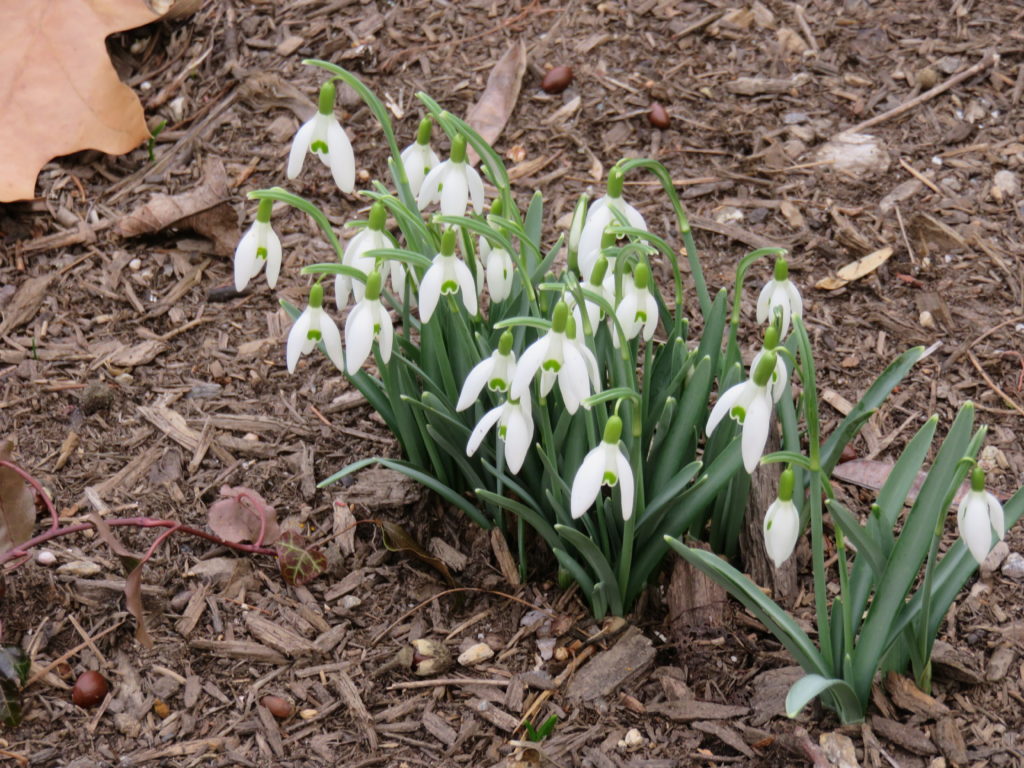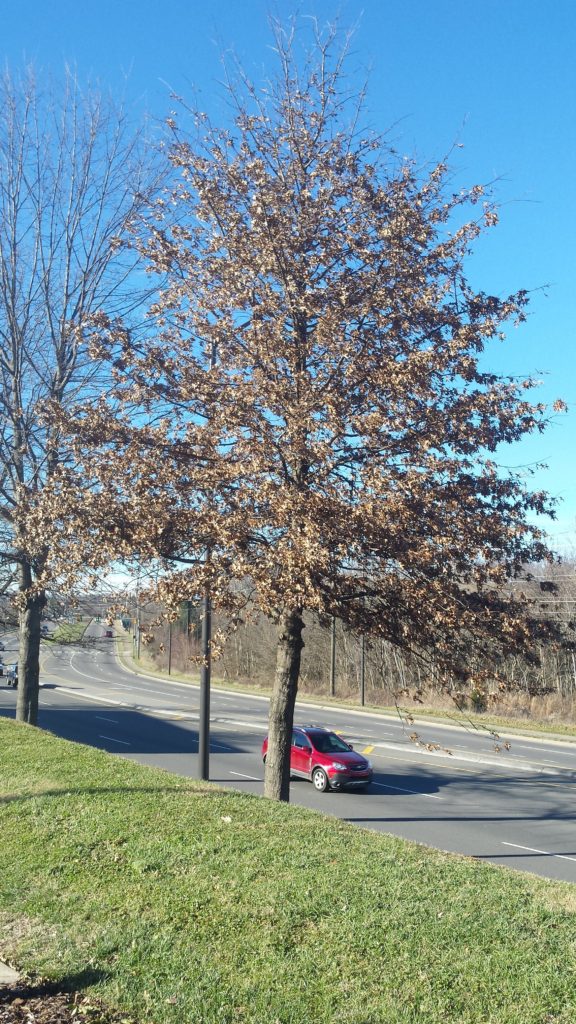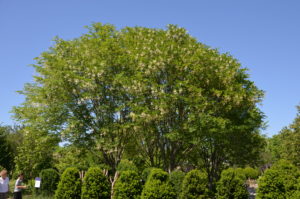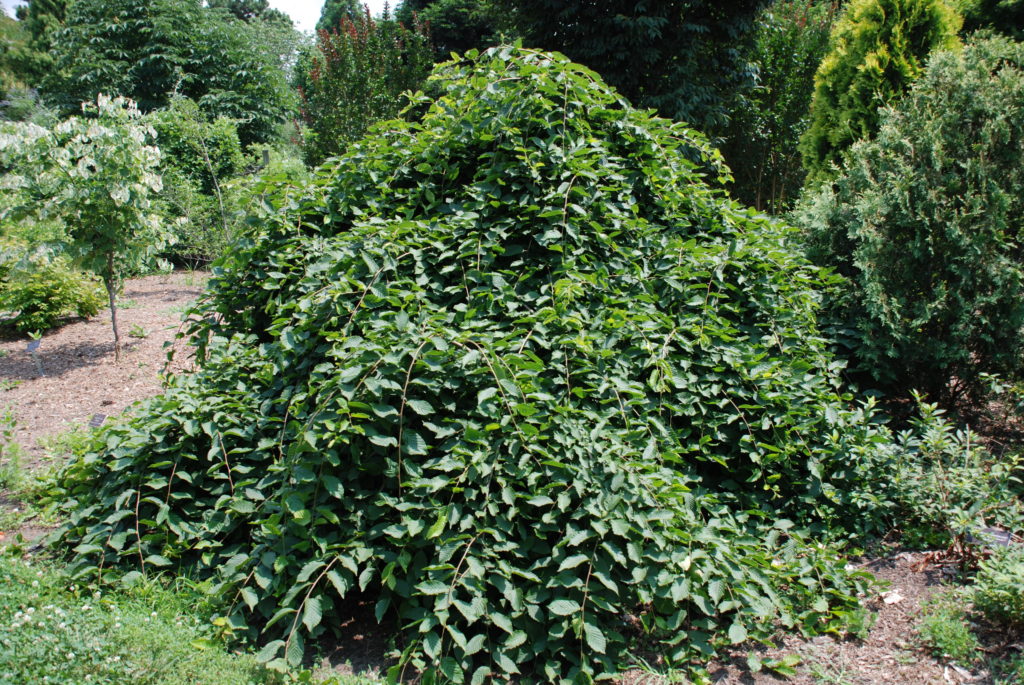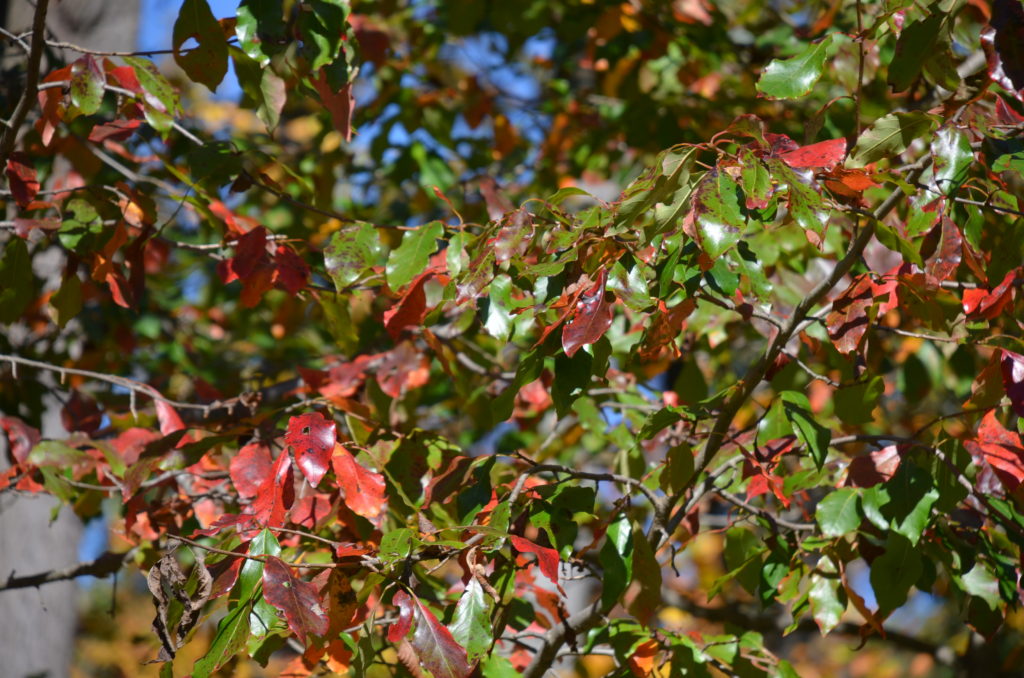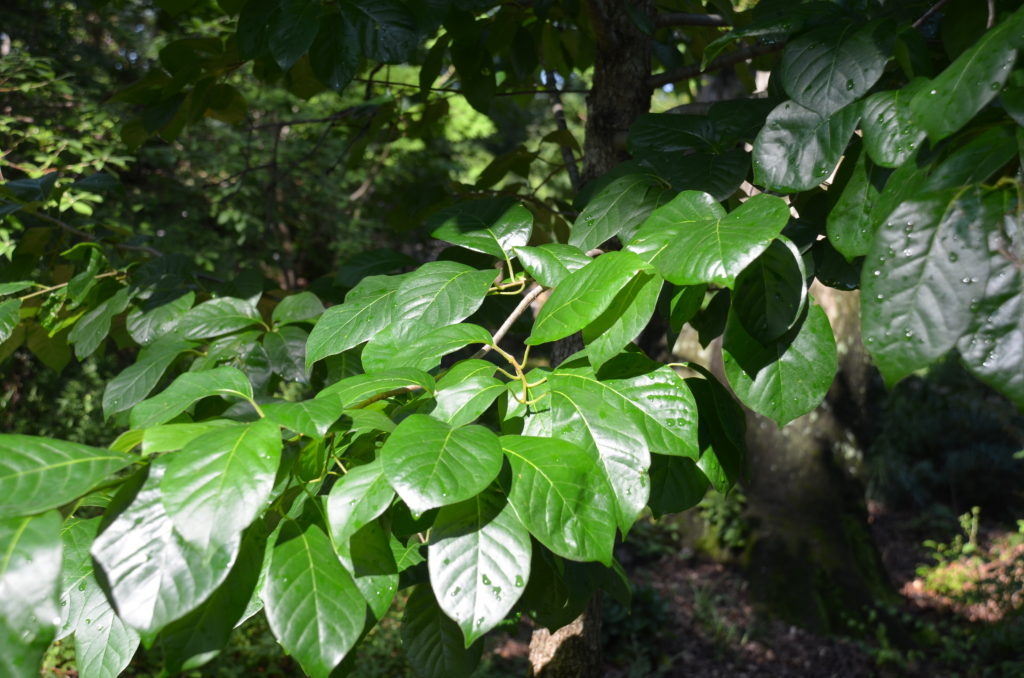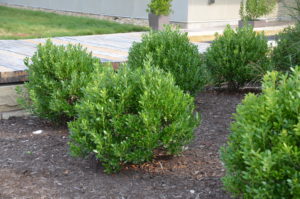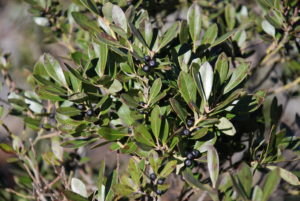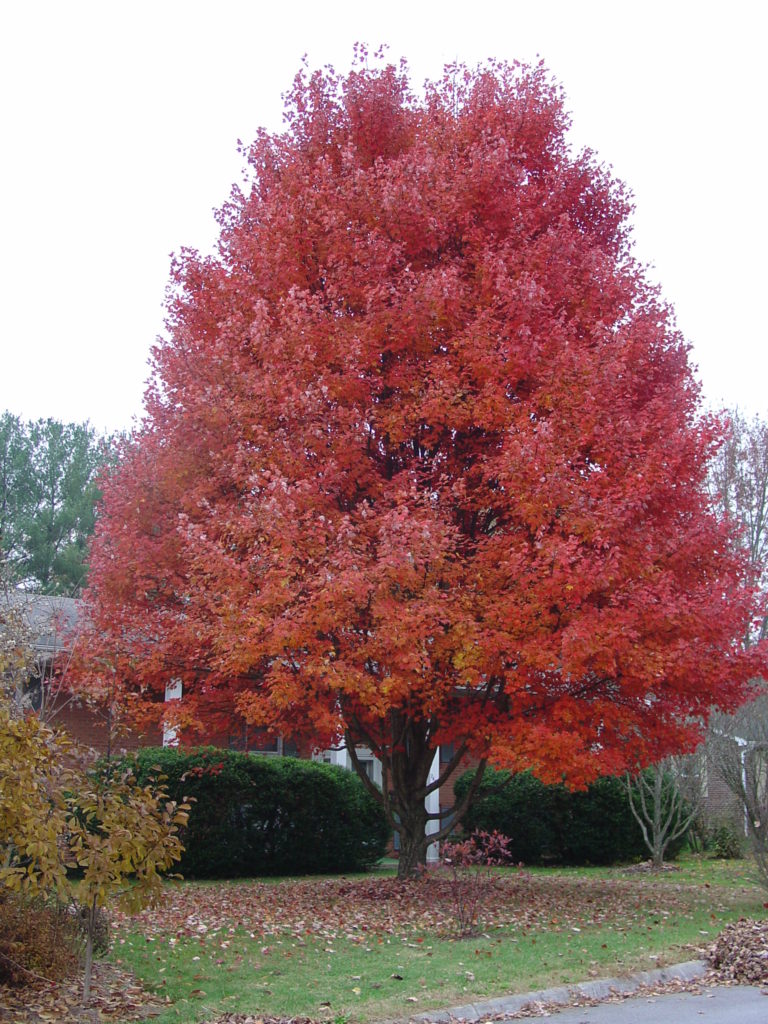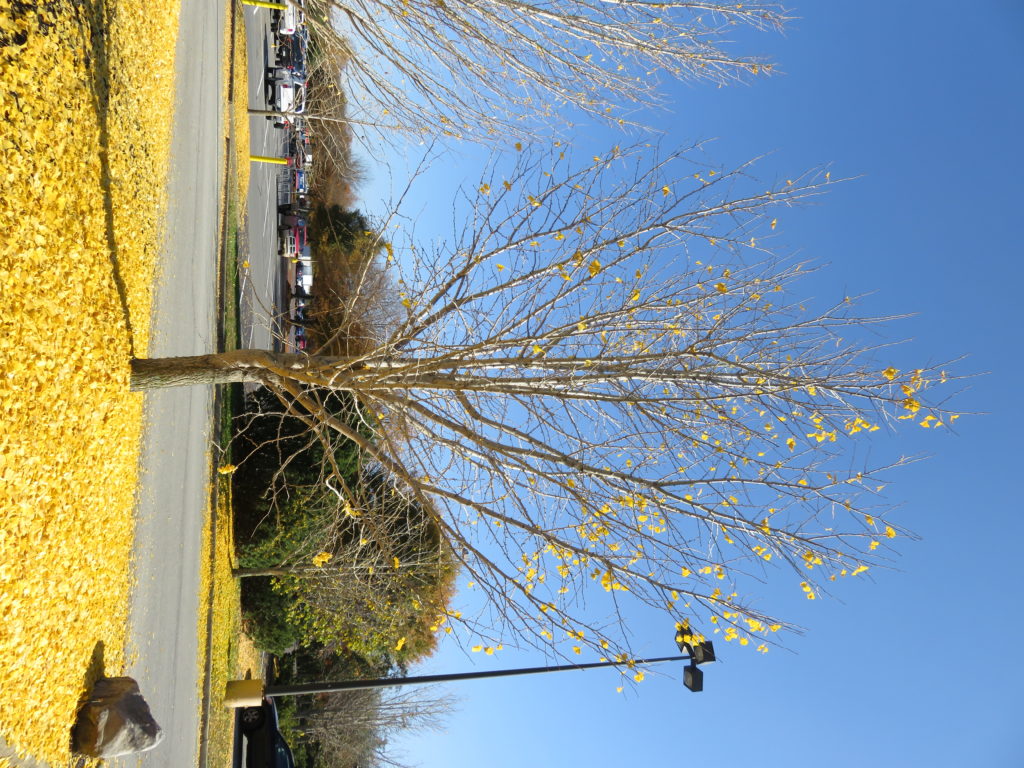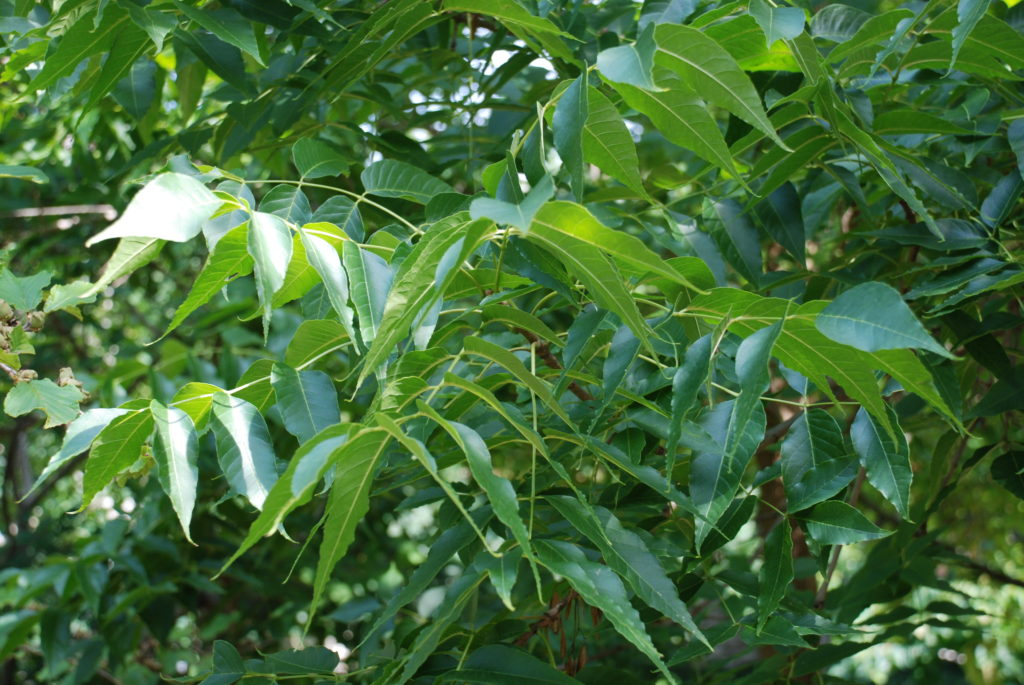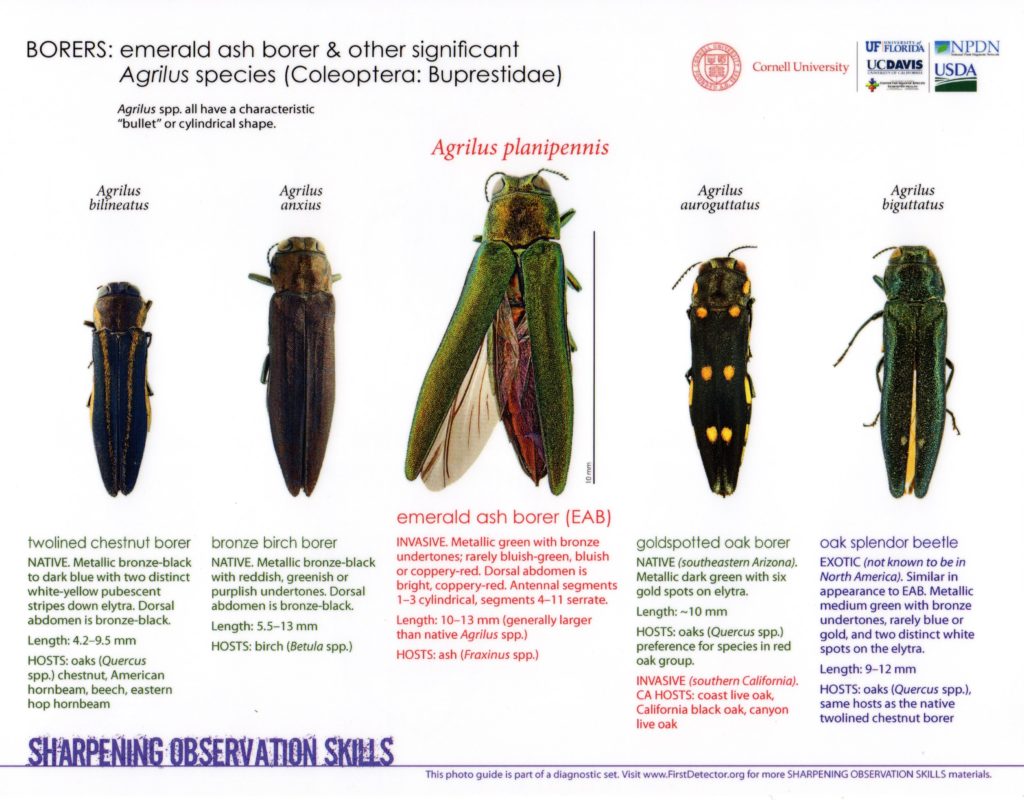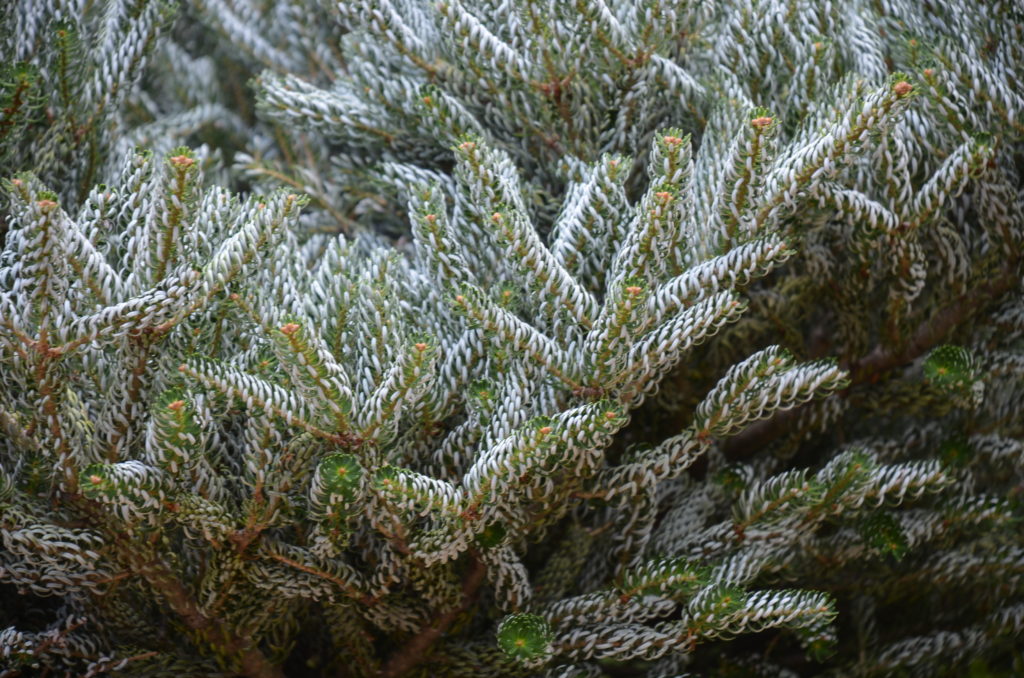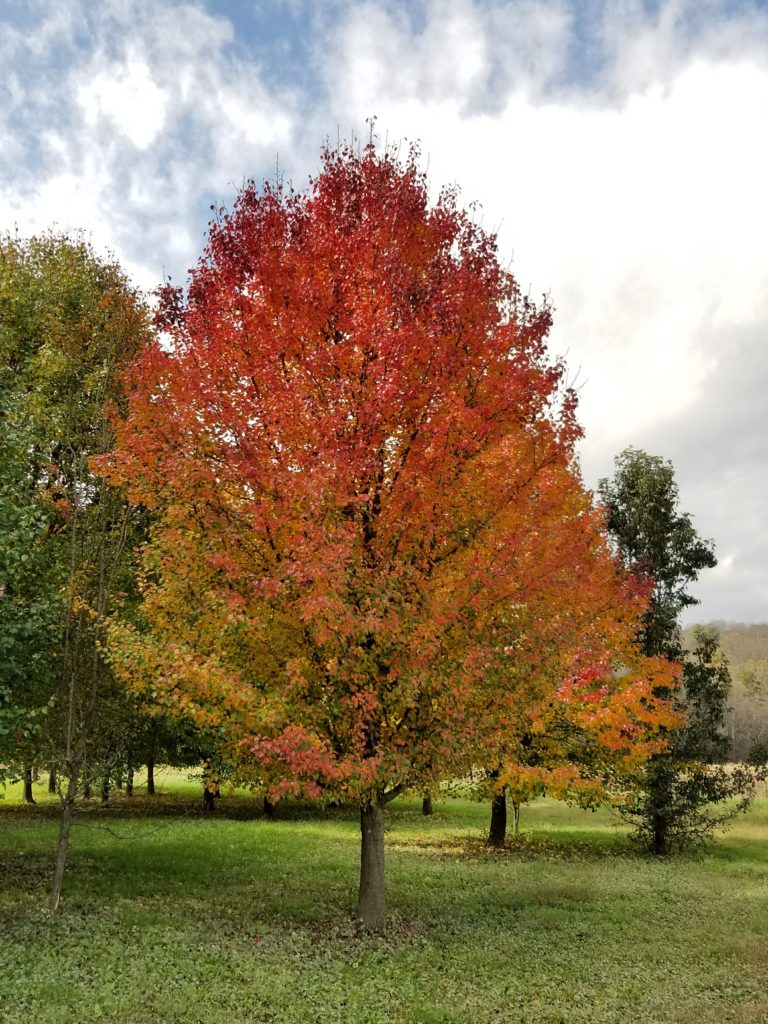
Before you totally give up on ornamental pear trees (Pyrus calleryana) as invasive, a decision that I would never argue against, take a look at the new Chastity pear. NEW! NEW! NEW! on the market is Chastity pear, a triploid hybrid that is both very ornamental and highly infertile (USDA hardiness zones 5-9).
Chastity™ Pear was specifically bred by Dr. Tom Ranney of North Carolina State University. This hardy small tree is covered with white blossoms in early spring. Chastity pear grows to 35 feet tall and 25 feet wide. Fall leaf color is a vibrant orange to red. It is also highly resistant to fire blight.
First, a little background. The U.S. Department of Agriculture (USDA) had introduced the callery pear cultivar ‘Bradford’ (in 1960). USDA stated that it is incapable of producing viable fruit (“self-incompatible”) which later proved to be untrue. The introduction of other USDA cultivars – ‘Whitehouse’, ‘Capitol’, ‘Redspire’ and ‘Chanticleer’ permitted cross pollination among the different varieties that resulted in fertile seed being produced, and results in its invasive traits.
On the good side all hybrid ornamental pears make reliable landscape trees. Trees withstands some tough environment conditions. Trees survive on poor infertile landscape sites as long as the soils are well-drained. Most varieties are short-lived, 15-25 years.
Other than invasiveness, the fruits can stains sidewalks and wood while attracting birds that further stain everything else (while spreading seed). Why is it 99.14% sterile? Researchers at North Carolina State University (NCSU) created a triploid (Callery pear is typically diploid) that is almost completely incapable of producing fertile fruit, and this trait (sterility) bred into Chastity pear is genetically stable. Thus, the new cultivar is unlikely to revert in the future.
Questions regarding branching strength of Chastity pear is not known at this time.
C

